
“Life on Land” is the topic of this unit.
■ Learn the vocabulary and expressions related to forests and biodiversity.
■ Get to know and share your thoughts on the countries facing deforestation and biodiversity loss.
■ Give a presentation related to deforestation and biodiversity.







| 1. | According to scientists, what will harm entire ecosystems? |
| _______________ and _______________ will harm entire ecosystems. |


| 2. | Did you do your research on the sub-textbook? Did you find an activity to solve marine and plastic issues? Please tell me what the organization/association does and how you feel about it. |





| 1. | Where is Brazil? A, B or C? |
| The answer is _________. |



| 2. | What can you see in the pictures? Please describe as many as you can from each picture. |
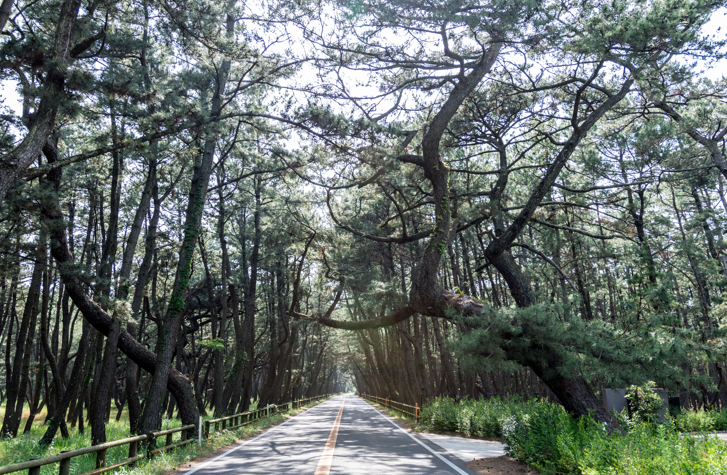 |
 |
| Answer: |





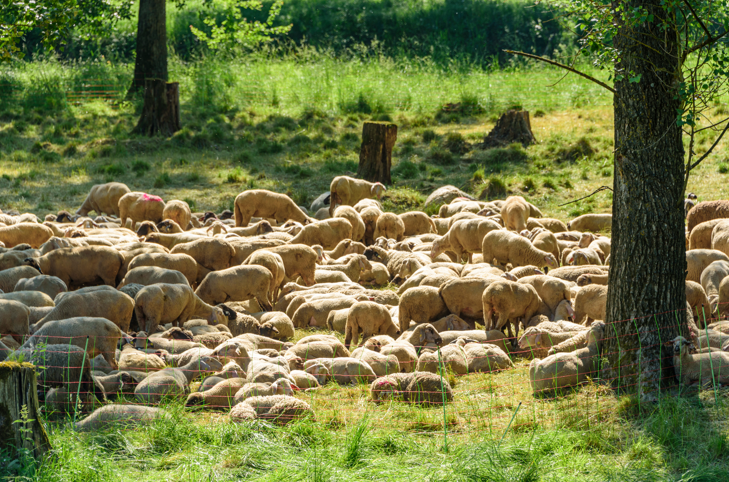
|
condense 凝縮する
Rapid urbanization has condensed wildlife into smaller portions on the earth’s surface.
|
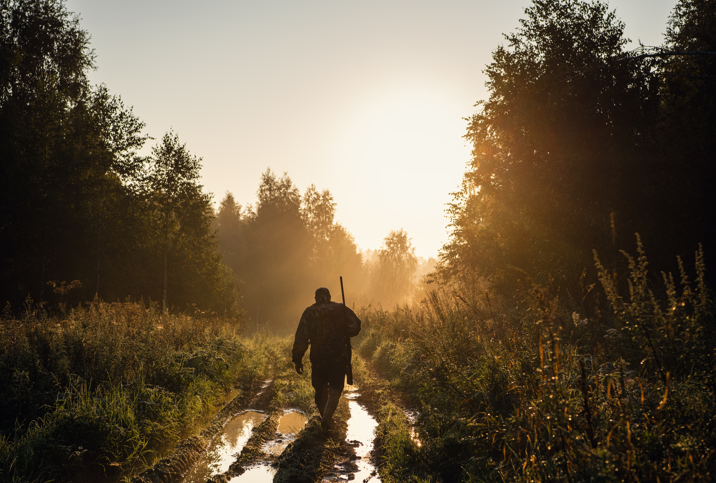
|
overexploitation 乱開発
Our priority is to prevent overexploitation of our resources.
|
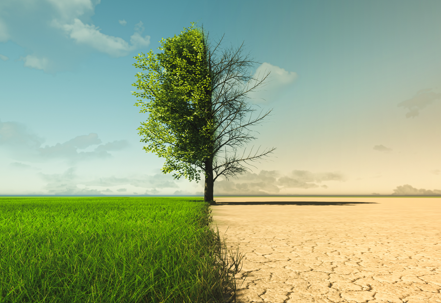
|
alter 変える
Human activities have altered Earth’s wildlife for the worse.
|
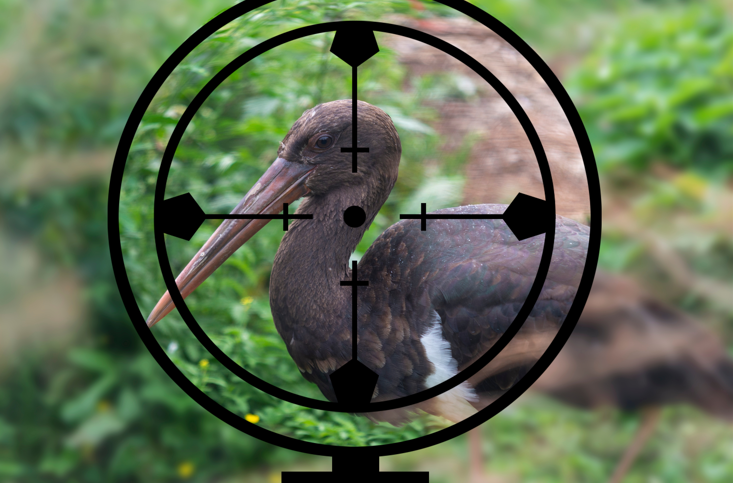
|
poach 密猟する
Poaching threatens the survival of forest animals.
|




| 1. | Trees are being cut down, and it continues to _______________ nature and wildlife. |
| 2. | _______________ has caused some of the species to go extinct. |
| 3. | We’ve had to _______________ some of our plans for the sake of the environment. |
| 4. | _______________ must be stopped as it causes unnecessary harm to plants and animals. |




Then, let’s move on to the next part.

Forests are home to more than 80 percent of the world’s animals, plants, and insects. Not only that, but 1.6 billion people also rely on forests for their livelihood. However, the globe lost 3.3 million hectares of forest between 2010 and 2015.
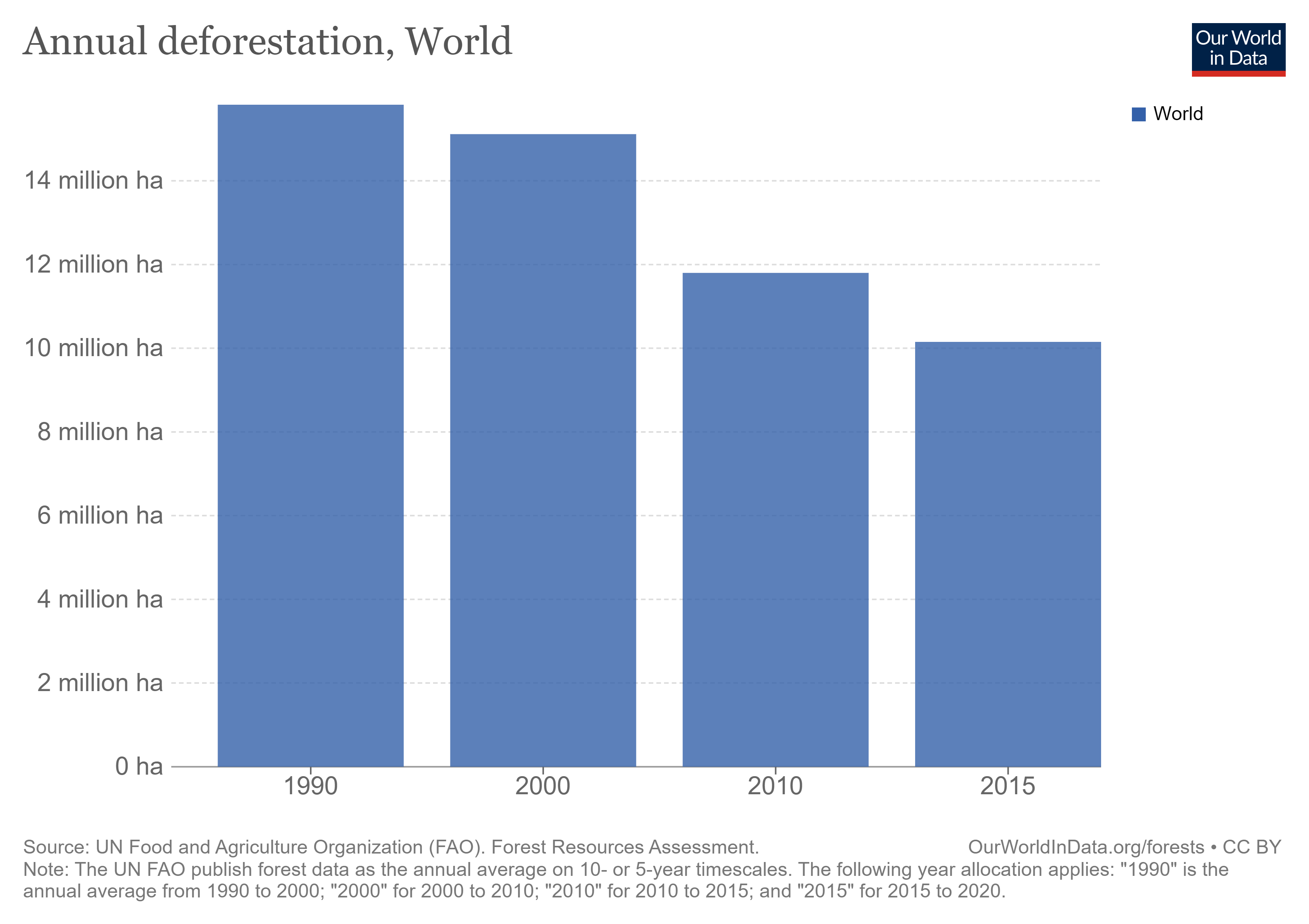
Food production is the primary cause of deforestation. Vast areas of tropical forests are being removed to make way for soya farming which feeds livestock.
Furthermore, trees also absorb and store carbon dioxide (CO2). When forests are cut down, CO2 and other greenhouse gases are produced.


| 1. | What changed the Earth’s surface? |
| Answer: |

One of the reasons for biodiversity loss is overexploitation. Overhunting pushes the animal extinct. Illegal wildlife poaching continues to hinder conservation efforts. Around 7,000 kinds of animals and plants have been reported for the illegal trade in 120 countries.
Species extinction is caused by natural causes such as illnesses and biological disasters. However, humans and their activities have come to outweigh those caused by wildlife. The primary cause of biodiversity loss is mainly human greed.


| 2. | How many animal species and plants are documented in the prohibited trade? |
| Answer: |






| Letting pets or alien species go into nature might affect biodiversity. How can you prevent such behavior and warn about it? Think of two ideas and explain each. |
| 1. | |
| 2. |


| Opening | Good morning/ afternoon/ evening. Today, I’d like to talk about (theme). I’ll discuss two things we must do to save biodiversity. |
| Body |
①(first idea) ②(second idea) |
Closing | These are two ideas to prevent bad behavior to save biodiversity. Thank you for listening. |

| Opening | Good morning/ afternoon/ evening. Today, I’d like to talk about (theme). I’ll discuss two things we must do to save biodiversity. |
| Body | _____________________________________________ ① __________________________________________ ② __________________________________________ |
| Closing | _____________________________________________ |



| Answer: |




